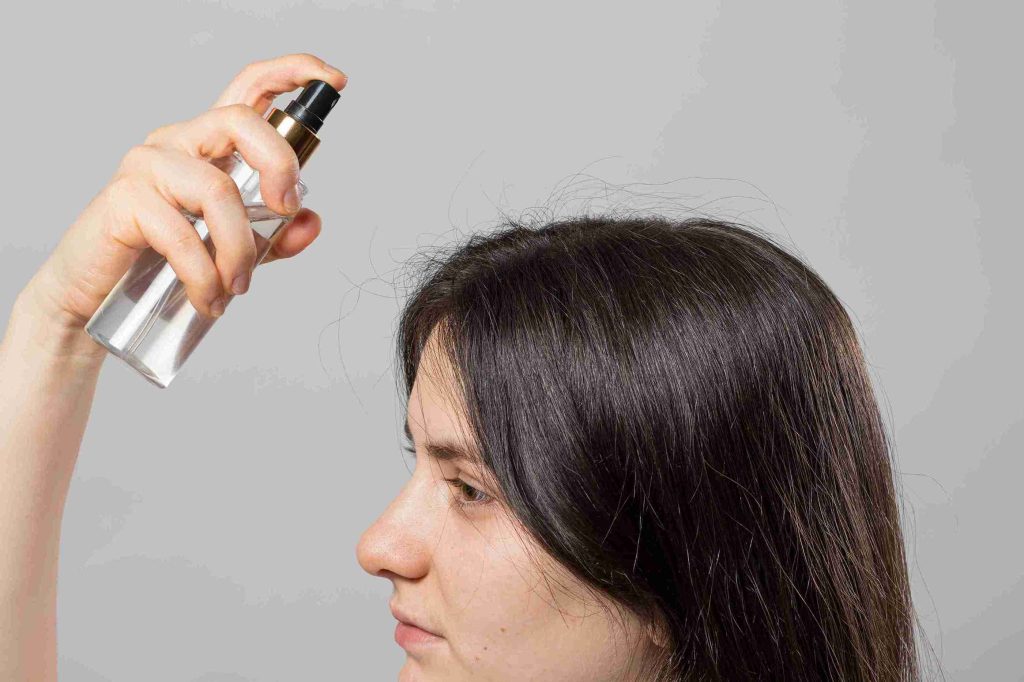In today’s fast-paced world, more and more people are becoming aware of the importance of physical well-being—focusing on a balanced diet, regular exercise, and annual health checkups. Yet, one vital “health signal” is often underestimated: changes occurring on the scalp and your hair.
Have you ever noticed this? When you wake up and start brushing, there seem to be more strands caught in the comb than usual. During a shower, the drain clogs faster than before. Or perhaps, the forehead seems to have expanded slightly as the hairline quietly shifts back.
These seemingly minor changes, often brushed aside, can in fact be early signs of internal imbalance. Thinning, brittleness, and persistent shedding may reflect deeper issues such as chronic stress, nutritional deficiencies, or hormonal shifts. These are not merely cosmetic concerns—they are your body’s gentle, visible signals asking for attention.
The Subtle Relationship Between Stress and Hair
Long-term work stress, frequent overtime, emotional strain, poor sleep, and an unbalanced diet rich in oils and sugar—these seemingly “normal” habits of modern life are silently taking a toll on your body, especially the scalp and its ability to sustain healthy growth.
Research indicates that prolonged psychological tension can keep the sympathetic nervous system in a heightened state. This leads to continuous contraction of scalp blood vessels, resulting in reduced circulation. Over time, this impairs nutrient delivery to the roots, weakening the growth environment and accelerating shedding.
At first, it might just be a decrease in hair volume and thinner hair strands. But when this situation becomes frequent or even persistent, many people begin to realize the severity of the problem. In order to restore their appearance as soon as possible, some people choose to wear wigs to cover sparse areas. Some others, on the other hand, prefer to activate the function of hair follicles fundamentally by improving the scalp ecology, supplementing nutrients and reducing stress, so as to help hair grow naturally. This is a self-healing process that confronts the pace of modern life.

Why Scalp Care Matters
The scalp serves as the “soil” that nurtures hair roots—its condition plays a decisive role in whether strands can grow strong and resilient. Yet in today’s high-stress, fast-paced lifestyles, many people focus more on smoothness, shine, and styling, while overlooking foundational scalp care.
Factors like air pollution, frequent coloring or perming, and improper cleansing routines can lead to clogged pores, excessive oil buildup, thickened stratum corneum, and microbial imbalance. Over time, this depletes follicle vitality, leading to thinning, weakened strands, and even patchy shedding.
That’s why regular deep cleansing, soothing treatment, and targeted nutrition for the scalp are essential. By addressing issues at the root, you reduce the risk of excessive loss and build a healthy environment that supports long-term growth. True, scientific care doesn’t start at the ends—it begins with the scalp.
Lifestyle Adjustments for Healthier Hair
Improving one’s lifestyle is the most fundamental way to support healthy growth. What we see on the surface is not an isolated issue—strand quality reflects the body’s overall condition. Long-term poor habits inevitably leave visible signs over time.
For instance, staying up late or working overtime disrupts hormonal balance and interferes with the natural metabolic cycle of follicles. A diet low in protein and B vitamins can lead to dryness, loss of resilience, and accelerated shedding.
Sedentary behavior and a lack of physical activity may reduce blood flow to the scalp, hindering nutrient delivery where it’s most needed.
On the other hand, maintaining a regular sleep schedule, adopting a light and nutrient-rich diet, especially with adequate zinc, iron, and biotin, and engaging in aerobic activity combined with weekly scalp massage can significantly improve internal balance. These small but consistent practices gradually enhance follicle vitality and create a stable foundation for long-term strength and resilience.
Solutions That Go Beyond: From Care to Coverage
When facing different levels of hair thinning or loss, some people choose wigs as an immediate way to restore confidence—especially in social or professional settings. Today’s wig products are increasingly natural-looking, lightweight, and even customizable, making them a trusted ‘second hair’ for many.
At the same time, others opt for gentle scalp care products, such as hair growth sprays, that work gradually. These solutions often include active ingredients designed to nourish the scalp and support follicle activity, making them suitable for those seeking long-term improvement.
Whether you prefer the instant transformation of a wig or the steady recovery of targeted scalp care, the key is choosing the approach that fits your lifestyle and goals.

Conclusion
The condition of our strands often serves as a subtle “barometer” of both physical and mental health. When we’re under chronic stress, lacking proper rest, or consuming an unbalanced diet, it’s often these delicate fibers that first reveal signs—such as dryness, thinning, or reduced volume.
More than just a visual feature, hair silently mirrors the internal state of the body. That’s why, for today’s fast-paced individuals, learning to observe these early signals and proactively adjusting one’s habits is a vital form of self-care.
In addition to lifestyle adjustments, scientific support through gentle scalp treatments, topical sprays that promote growth, or even selecting natural-looking wig solutions when needed, can all be part of a proactive and positive response. Management in this area is no longer simply about appearance—it reflects a person’s overall wellness awareness, life quality, and self-discipline.